MacBook Pro (15-inch, mid-2018) review
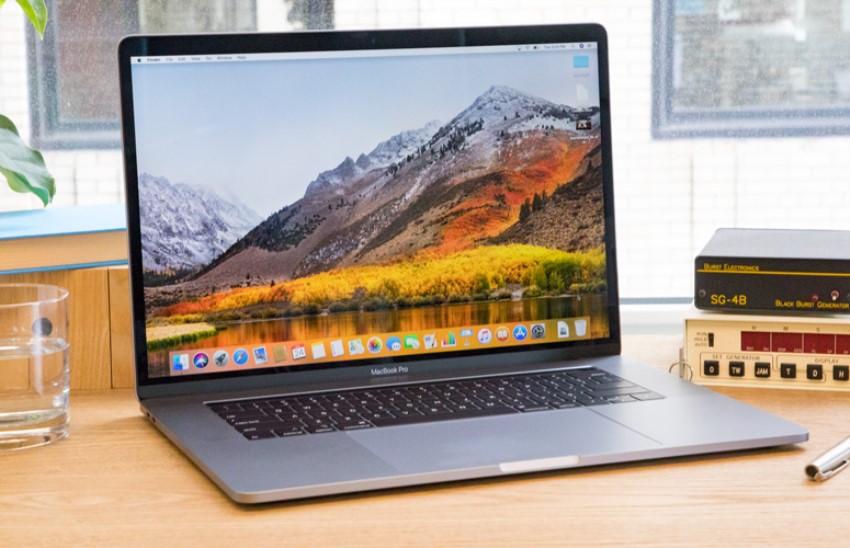
Apple has built a reputation over the years for releasing its products with a great deal of fanfare -- but that did not really happen for the MacBook Pro 2018. Rather, the new MacBook Pro experienced a silent launch, despite it offering an extremely substantial replicas update within the 2017 model. And, as with previous generations, the 15-inch MacBook Pro came along with a 13-inch model.
Do not allow the silent release fool you, however: Apple still enjoys its fresh pro laptop. That is because, although the iPhone XS and iPad, together with the 12-inch MacBook and MacBook Air are targeted toward everyday customers, the MacBook Pro has consistently had a more professional and imaginative audience. It delivers a level of performance (and cost ) unlike its more consumer-oriented devices.
However, even if the MacBook Pro is mainly directed at professionals and creatives, Apple still needs it to appeal to the mainstream. Thus, if you're looking for the strongest MacBook up to now, you are going to love the new MacBook Pro. Just remember that, while the keyboard was upgraded, the third-generation butterfly keyboards still face some problems .
There's enough of a gap between the 2 dimensions in regards to performance to justify two different evaluations, and here we will be looking at the way in which the flagship 15-inch MacBook Pro performs in 2019.
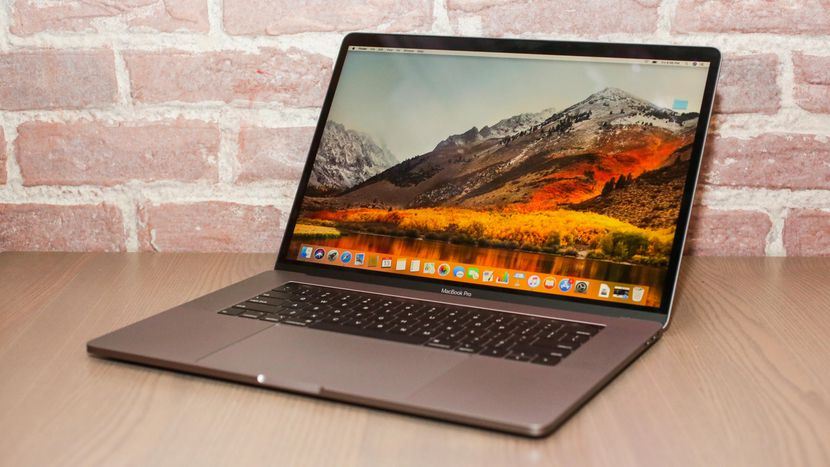
Price and availability
Much like previous MacBook Pro iterations, the new one comes from a vast selection of configurations and prices. The base model includes a 2.2GHz, 6-core Intel Core i7 CPU, Radeon Pro 555X GPU, 16GB of DDR4 memory along with a 256GB SSD for $2,399 (£2,349, AU$3,499).
There's more than just the foundation model, however -- it is possible to mix and match a lot of components to tailor the MacBook Pro 15-inch for your needs (and budget). If you are into video editing, then you can update the processor, while still conserving money by adhering to some smaller SSD when you're planning to save your job to an external hard disk.
The MacBook Pro 2018 may be configured to bring a 2.9GHz 6-core Intel Core i9 CPU for $400 (£350, AU$600) more, 32GB of RAM for $400 (£360, AU$640) more and also an update to the AMD Radeon Pro 560X to an extra $100 (£90, AU$160).
Apple has also added an option for Radeon Pro Vega graphics. This can set you back $250 (£225, AU$400) for the Radeon Pro Vega 16, and $350 (£315, AU$560) for the Radeon Pro Vega 20. However, you are going to need to go for at least a 512GB SSD with this particular graphics option.
You are able to update the storage into some 512GB SSD for $200/£180/AU$320, 1TB SSD for $600/£540/AU$960, 2TB SSD for $1,400/£1,260/AU$2,240 plus also a 4TB SSD for $3,400/£3,060/AU$5,440.
It is certainly a costly device, but the MacBook Pro is well worth it. Additionally, it is noteworthy that the base configuration of the MacBook Pro does not cost more than last year's model. Therefore, you may get a wonderful update in specs, without an update in cost.
In case you're looking for a Windows 10 option, then the newest Dell XPS 15 2018 offers comparable spec options, using an option for an Intel Core i9-8950HK, 32GB of DDR4 RAM plus a 2TB of PCIe NVMe SSD costing $3,299 (about £2,460, AU$4,303). Even though this is a great deal of money, it is still more affordable than a similarly-specced MacBook Pro 2018, that costs $4,699 (£4,409, AU$7,139). That's enough of a cost difference to make you seriously think about the Dell, unless you are married to macOS.
- Get the best Mac VPN to protect your MacBook Pro
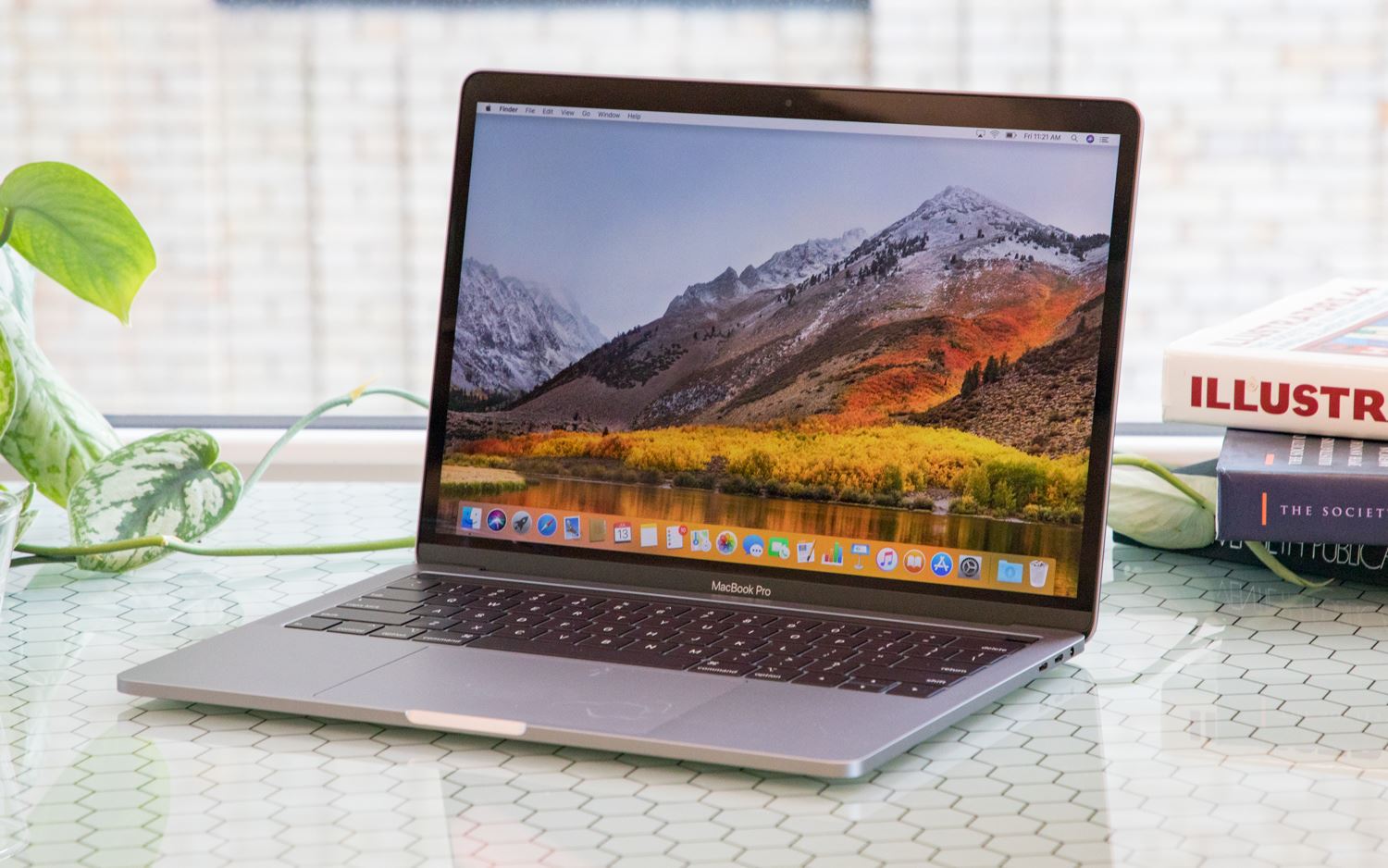
Design
The MacBook Pro was renowned for its attractive design for years now, which matches strong components into a slender and light MacBook Pro instance, and Apple has obtained an'if it is not broke, do not fix it' approach using the 2018 model.
In other words, the new MacBook Pro is nearly the exact same design this past year, down to the very same measurements and weight. The elevation when closed is 1.55cm (0.61 inches), and it weighs only 1.83kg (4.02 lbs ).
Anyone that loves the design of elderly MacBook Pro laptops will adore this, and also the weight and measurements continue to be striking to get a laptop that's this strong with a 15-inch display. It is only a little thinner than the Dell XPS 15, and a little milder than Microsoft's Surface Book 2. These are arguably the MacBook Pro's largest Windows-based competitions, along with the fact that the MacBook Pro 2018 readily beats them on electricity, while being lighter and thinner is a massive win for Apple.
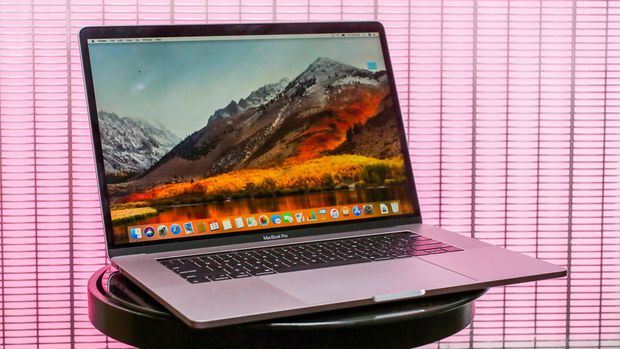
All of 15-inch models of the MacBook Pro 2018 also feature the Touch Bar. This really is a thin glass touchscreen that runs across the top of the keyboard, and it displays context-sensitive buttons onto its 2,170 x 60 resolution screen. These buttons vary depending upon the application or task that you are doing, and they are designed to offer you quick shortcuts to help boost your workflow.
Whenever the Touch Bar first showed up about the MacBook Pro 2016, not everybody was convinced by its own use, though we had been very enamored by it. Through the years, Touch Bar compatibility has increased, so not only does basically each Apple app gain from Touch Bar usefulness, many popular third party apps, such as Adobe Photoshop and Google Chrome, make the most of the Touch Bar from the MacBook Pro 2018.
This may be really useful, and as soon as you get used to the new Touch Bar buttons, they could help boost your workflow. But, there are a couple drawbacks. Because they are context-sensitivethey change depending on what app you are using, so you're never truly have the ability to use them without checking where they are -- unlike actual buttons where you are able to memorize their place. It is a small complaint, however, one that may make sticking to keyboard shortcuts to the most-used tasks faster.
Next into the Touch Bar is a fingerprint scanner for logging in the MacBook Pro (and authorising payments). It is quick and simple to establish, and correctly reads your fingerprint and logs you in without hassle - something that a number of fingerprint readers on laptops don't manage.
Not everything is precisely the same, nevertheless. The keyboard has had a revision, which is good news for a lot of people, although some will whine that the upgrade does not go far enough. The keyboards of past MacBook Pros with the'butterfly' switch have been criticized for having greater than normal failure levels, and undergoing problems like'sticky keys,' that is really where a key remains active even when it's been pressed and released. Apple was forced to acknowledge that a few of its keyboards split too readily.
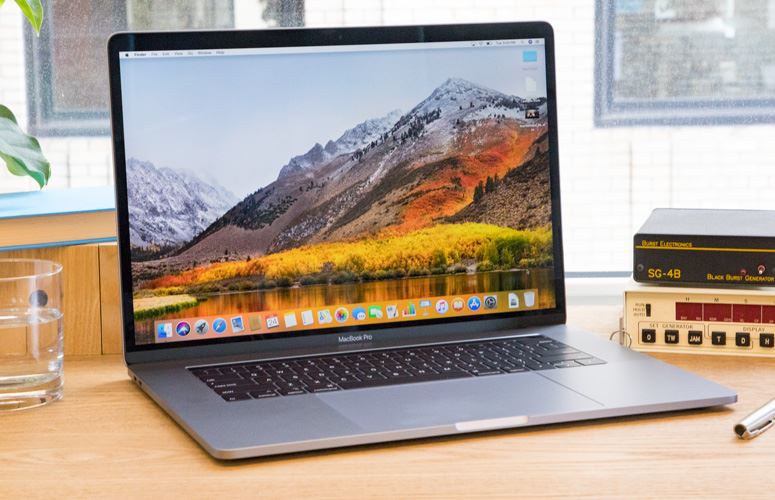
While Apple has hypothesized that the MacBook Pro 2018 has an improved keyboard, it did not specifically mention that the alterations were aimed toward fixing these problems, rather highlighting the reality that it's quieter to sort on. If you are a fast typer who enjoys to hammer keys while functioning, this improvement will be welcome (for you and your co-workers).
We do find the new MacBook Pro keyboard to be noisy in training, although the shallow key journey remains. This usually means the keys do not feel quite as observable or responsive while studying. But you might like this approach, if you prefer shallower keyboards.
A brand new silicone membrane helps to keep the sound of the keyboard under control, and ought to stop dust from getting inside and messing up the switch -- a criticism some people have experienced with preceding MacBook Pro models.
The screen also sees some improvements. While it still retains its 2,880 x 1,800 resolution and 220 ppi of pixel density, it also features Apple's True Tone display tech, which surfaced to the iPad Pro. This screen tech can be featured in the brand new iPhone XS, XS Max and XR.
This technology senses the ambient light of the environment you are working in and fix the display so that you get a glowing and lively image, wherever you are working.
You are able to switch this mode on and off from the Display section of System Preferences from macOS, and the gap is very striking, giving the screen a much warmer feel. This is a wonderful feature in the event that you mainly utilize word processing, spreadsheets or programming applications. But if your work entails work were colour precision is vital, such as photo and video editing, then you will have to turn this feature off. It is a welcome feature, but one that will be aimed more at consumers rather than professionals.
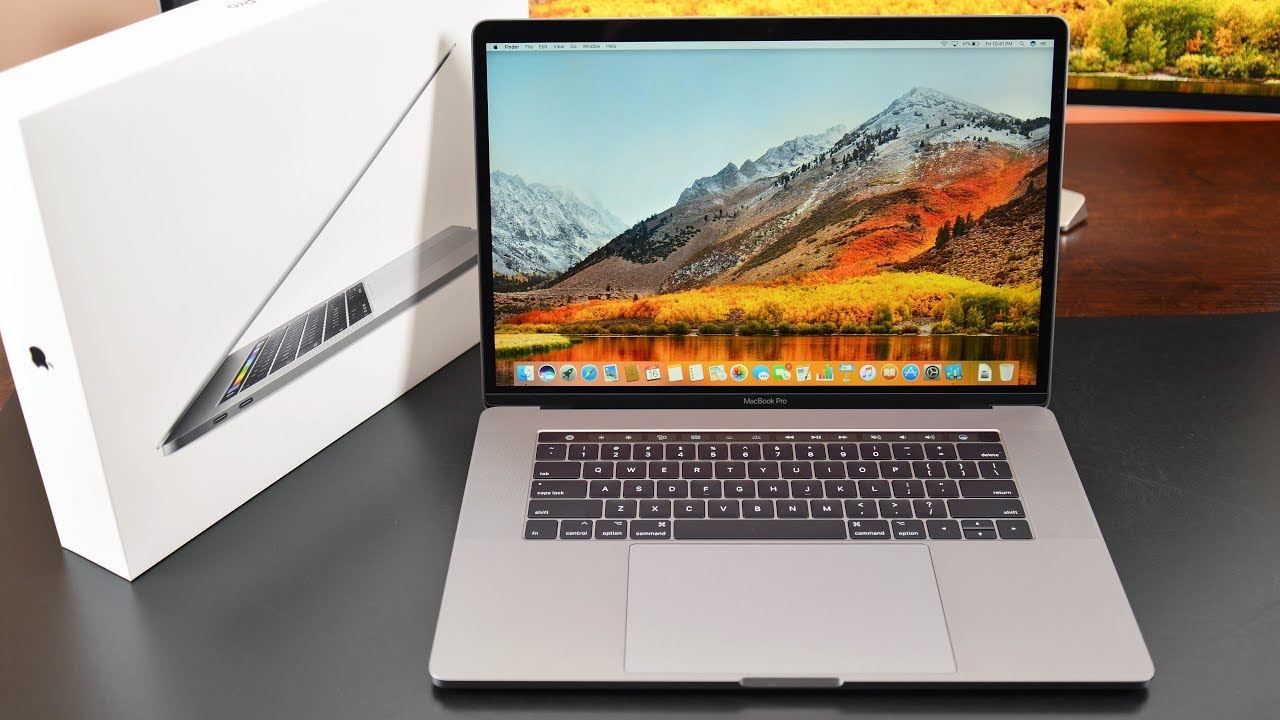
How thin is too thin?
There's no doubt that the MacBook Pro 2018 15-inch's light and thin design makes for an extremely attractive and desired design. But we must bear in mind that Apple is advertising the MacBook Pro 2018 at professionals first and foremost, and it is here that we must wonder whether it is thinness might be a hindrance.
That is because professional devices will need to place workflow over all else -- such as aesthetics. Because of it is slim design, the MacBook Pro 2018 includes only four USB-C ports, and a single headphone jack port.
To be fair, these are Thunderbolt 3, meaning data transport is very fast in case you've got compatible devices. But if you are attempting to use legacy hardware together with the MacBook Pro, for example anything that needs a regular USB A port, you will want to use a adapter which you are going to need to buy individually.
If you would like to plug it in an Ethernet cable, then again you are going to need an adapter. Are you a photographer who wants to move photos from a memory card? Again, you will need an adapter.
When some people will state that the absence of ports is a cost to cover the light and thin design, if you are following a workstation that handles all you want with a minimum of fuss, then you are soon going to get frustrated with all the MacBook Pro.
When you look in other professional-centered laptops, such as Lenovo's ThinkPad, they can be good examples of placing usability over svelte design. They have workman-like appearances and may be large and bulky -- but you're going to have the ability to plug in your hardware in quickly and easily. If compatibility and ease of use is the top priority, then you might choose to look at a flashy pro laptop that supports heritage hardware rather than the MacBook Pro.
On the other hand, the gorgeously-thin design of the MacBook Pro signifies it is a professional notebook that appeals to customers too. If you like Apple's device and need the strongest MacBook ever produced, then the MacBook Pro 2018 15-inch is going to be incredibly tempting.
Nonetheless, the unending pursuit of thinness from Apple does have other consequences for the MacBook Pro. There's some very strong hardware crammed to the MacBook Pro's little body, and also the more successful the hardware, the hotter it runs. Having a light and thin chassis, this implies there has to be a rather good cooling system that may keep it from overheating.
The MacBook Pro 2018's cooling system does operate -- there's not much annoying fan noise whirring up when performing intensive tasks like any other laptops, but we have seen some stressing reports that the MacBook Pro 2018 throttles the processor once it gets warm, although there's been a macOS upgrade to tackle this.
Here is the process of restricting the performance of the processor to stop it overheating. While this does happen with other laptops, the worrying thing is how quickly the MacBook Pro 2018 seems to throttle the processor. It usually means that a more affordable MacBook Pro, using a core i7 processor, rather than a core i9 processor, can really perform better through intensive tasks.
We are going to look into this further in the future in this overview, however, the implication is that Apple's thin design of the MacBook Pro can actually hamper its own performance. If that is really the case, then you might wish to believe carefully about just how important a light and thin design is if looking for a laptop that will assist you with your professional work.
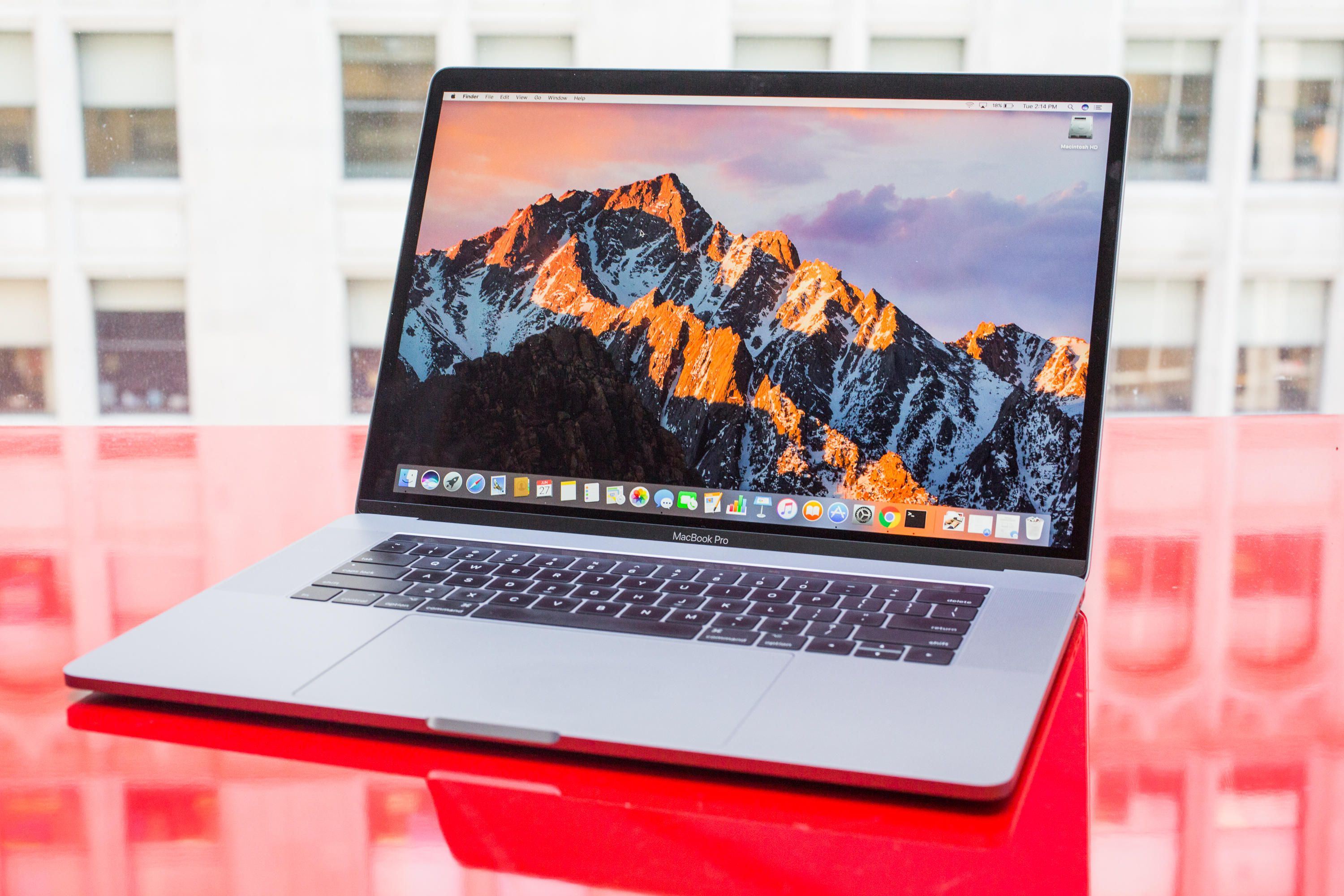
Performance
Even though the outside of the MacBook Pro 2018 15-inch is fairly similar to last year's model, inside, matters are drastically improved.
The new MacBook Pro includes a selection of Intel 8th-generation Core processors, together with the 15-inch model giving users a choice between a 6-core Intel core i7 using a 2.2GHz base clock along with Turbo Boost rate of around 4.1 GHz, along with a Core i9 CPU using a foundation clock of 2.9GHz, that could turbo up to 4.8GHz.
This new generation of Intel processors offer up to 70% faster performance within the MacBook Pro 2017, according to Apple. Intel continues to be touting the performance advantages of the new generation, which also promises better energy efficiency for longer battery life.
In our evaluations, together with day-to-day use, we found the MacBook Pro for a brilliant actor, using the newest processor making the entire device feel fast and responsive. Apple sent us the maximum specification MacBook Pro 15-inch for analyzing, a lot more affordable models won't quite reach the performance highs we found.
Looking at the standard results, our MacBook Pro 2018 15-inch scored considerably higher than last year's 13-inch MacBook Pro, that came with a seventh generation, double core 3.1GHz Intel Core i5-7267U processor.
Where the 2017 model scored 383 points at the Cinebench CPU benchmark, the 2018 15-inch model scored 1,057 points, which shows how the growth in core count has favorably influenced performance.
The Geekbench 4 benchmark also emphasized the performance gap with one core score of 4,383 for the 2017 model, also 5,542 using the 2018 15-inch model. As it came into multi-core scores, the gap was even more crude, due to the 2018 model's six cores, compared to the 2 cores of the 2017 model -- scoring 9,313 and 23,431, respectively.
The performance of the MacBook Pro 2018 15-inch vs the 13-inch 2018 version was nearer, with all the Cinebench CPU benchmark returning 621 points to the 13-incher, as well as the Geekbench 4 scores of 5,320 single-core and 18,135 multi-core.
Nonetheless, if you would like the best CPU performance, the 15-inch MacBook Pro is the one to go for.
If you are looking to get the MacBook Pro for graphic-intensive tasks, like video and picture editing, or 3D representation, then you will be delighted with the different graphics cards that include the 15-inch model. You get the option of either the AMD Radeon Pro 555X or the Radeon Pro 560X, and the two include 4GB of GDDR5 memory. These are equally powerful professional graphics cards that do an extremely good job of contracting intensive programs using high-resolution pictures, like Photoshop.
As you can see in the Cinebench graphics evaluation, it is a powerful GPU that handily beats the Surface Book 2, that includes an Nvidia GTX 1060 graphics card, and handled 94fps (frames per second) compared to the MacBook Pro's 102.28 fps.
Apple has also addressed complaints about the MacBook Pro 2017 simply supporting up to 16GB of RAM, together with the MacBook Pro 2018 15-inch currently supporting up to 32GB of DDR4 memory. This is excellent news, since the increase in RAM makes this an excellent notebook for multitasking.
When utilizing the MacBook Pro 2018 we could have numerous apps available, such as Handbrake while transcoding video files, and also the device remains fast and responsive. Even though a lot of people can locate 16GB of RAM to become more than enough, the capacity to include up to 32GB is welcome to get more additional users.
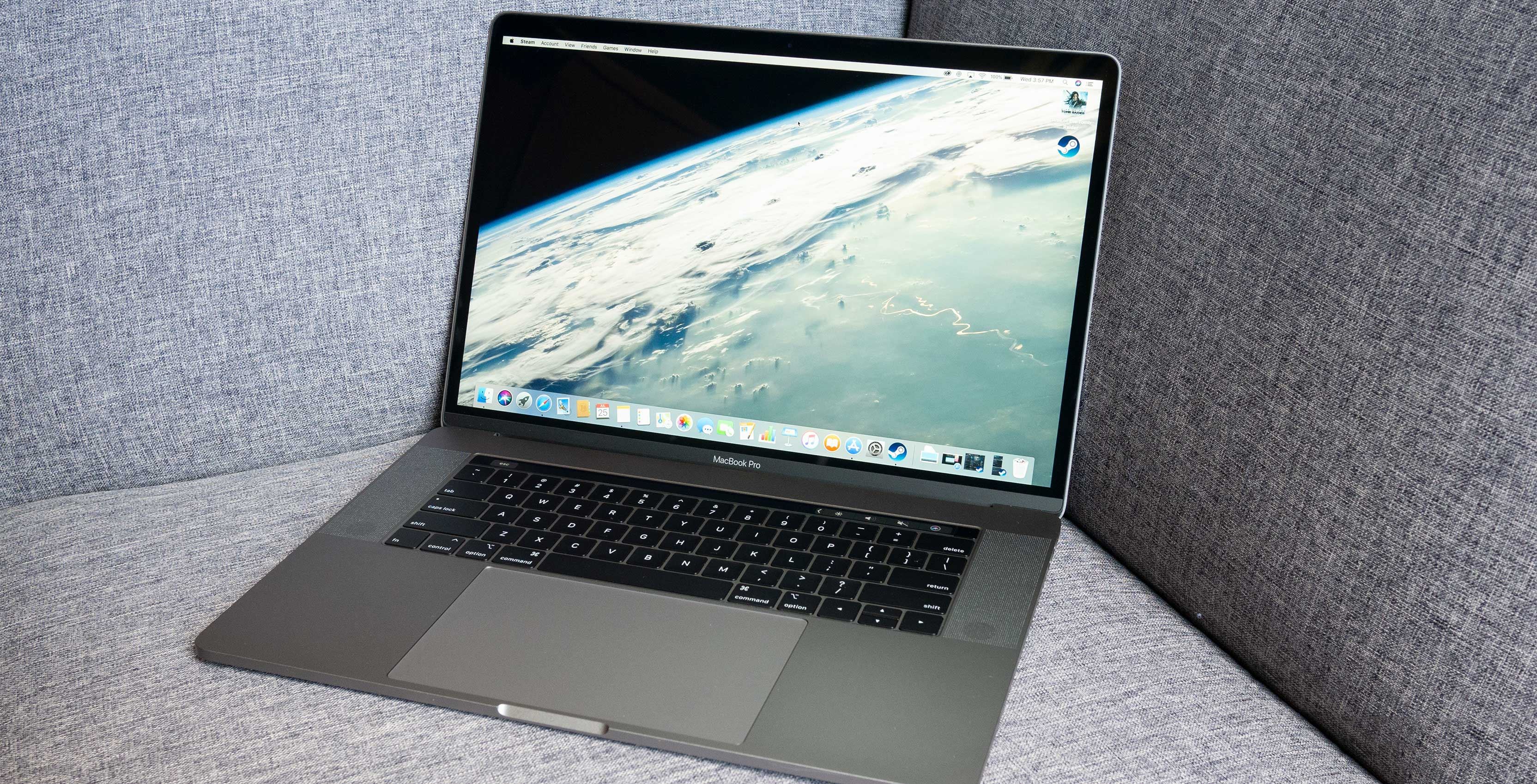
Addressing the Throttling issue
Much like the 13-inch MacBook Pro 2018, we additionally transcoded a 57-minute, 1080p video to HEVC with HandBrake's Apple 1080p30 Surround preset, with all the video encoder switch to'H.265 (x265)'.
That is where things got interesting thinking about the accusations of intense throttling for the MacBook Pro. The video transcode is a really CPU-intensive task, and we watched the clock rates in this evaluation. While nearly 100% of the CPU has been used, the clock speeds of the processor started at approximately 2.82GHz, then dropped to 2.34GHz on average, occasionally going as low as 1.94GHz.
This is a very long way off the 2.90GHz base clock and 4.8GHz increase clock promoted. CPU temperatures, meanwhile struck a max of 97c. That's very sexy, and it is apparent that's why the clock rates were lowered.
But, Apple has since clarified that there was"a lost electronic key from the firmware that affects the thermal control system and may push clock rates down beneath heavy thermal loads on the new MacBook Pro. A pest control is contained in [...] macOS High Sierra 10.13.6 Supplemental Update and is suggested."
Thus, we downloaded and installed the upgrade and ran the tests . It finished in 1 hour13 minutes. Throughout the evaluation clock rates have been far more stable at approximately 2.99GHz, falling to 2.50GHz in the bottom.
This can be faster than the 13-inch MacBook Pro, which completed the exact same evaluation in 1 hour 33 minutes. This also had the newest patch installed.
Meanwhile, the 15-inch MacBook pro from late 2016, using an elderly 2.7GHz, quad-core i7 CPU, took 1 hour 40 minutes. So, that brand new, strong Core i9 chip at the 15-inch 2018 MacBook Pro does make a difference for performance. Additionally, it shows that it is worth installing the most recent macOS upgrade to get the full performance potential of the MacBook Pro 2018.
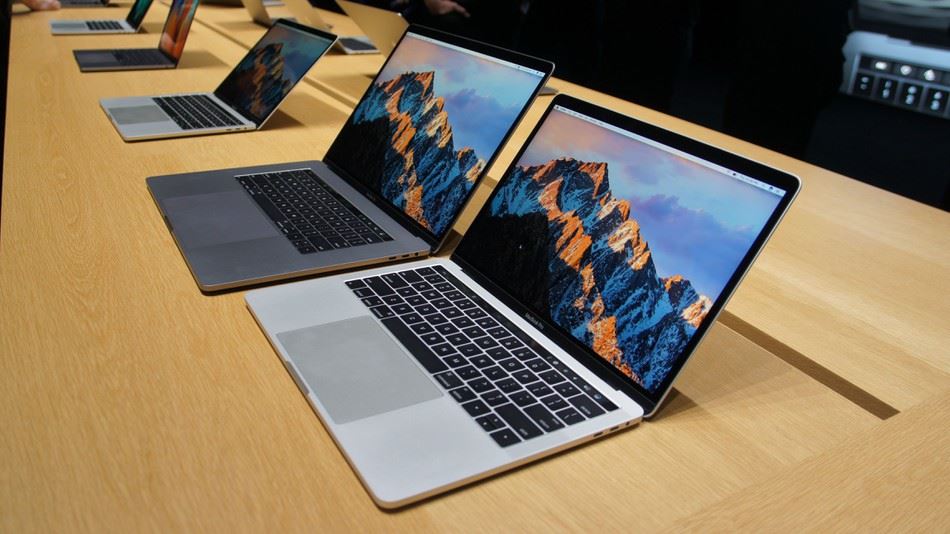
Battery life
We also tested out the battery life of the MacBook Pro 2018. Apple asserts'around 10 hours' of battery life, but of course that is dependent upon the tasks that your running. Apple's battery lifetime evaluations might not be as rigorous as ours, which explains the reason we found the MacBook Pro 2018 to come really a little under that amount in our battery life tests. This entailed looping 1080p video at 50% brightness and quantity -- together with backlighting and radios (however Wi-Fi) disabled -- till it dies.
The MacBook Pro 15-inch lasted 9 hours and 58 minutes until it closed down, and this is not bad compared to the contest, and near Apple's promised 10 hours (Apple runs its evaluations in 75% screen brightness). However if you are working on something more intensive, such as video rendering, you may want to carry the MacBook Pro's charger as you will get reduced battery life.
General assessment
In our review of the MacBook Pro 2018 13-inchwe lamented the fact that this year's model of the smaller MacBook Pro has been a more pragmatic update, rather than a dramatic leap ahead. The MacBook Pro 2018 15-inch is a more remarkable update over last year's model, together with the revised processor and improved RAM level making a difference in performance. If you are a professional looking for a portable Apple device, then the MacBook Pro 2018 15-inch will be quite tempting.
But this still does not feel as a machine designed to lure Windows users, that will probably be frustrated by a number of Apple's quirks (and higher price tag). Limiting the amount of ports to a couple of USB-C connections is nice at modern consumer devices, however for professionals that need legacy connections, needing to use an adapter (that is not contained despite the high cost ) will not cut it.
And, while we really do adore the light and thin design of the MacBook Pro 2018, we're worried that it is too much in the cost of electricity users and professionals -- the people Apple are assumed to be targeting with the MacBook Pro.
There's no doubt that the MacBook Pro 2018 15-inch is a strong and desirable notebook that has a gorgeous design that's pretty much peerless when it comes to workstations. If you are an Apple fan and have the budget, you are going to adore this device. However, because a strictly professional notebook, we nevertheless believe that Apple has lost sight of that which pro users really need.
The post MacBook Pro (15-inch, mid-2018) review appeared first on TechTnet.
Comments
Post a Comment